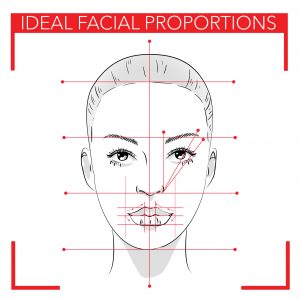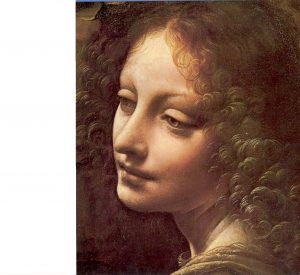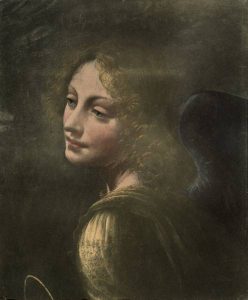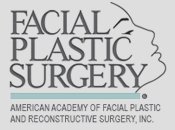Posted March 06, 2019 in Facial Harmony
Have you ever seen something you found beautiful or attractive and struggled to explain why it is so visually pleasing? Many of us struggle to articulate why we find beauty in the appearance of a building, plant, animal, or human face. Often, the answer lies in the natural proportions or ratio of its shape and structure, not just the color or texture. In fact, symmetry has been scientifically linked to the attractiveness of people, architecture, artwork, and animals. The human brain is hardwired to prefer objects or faces that are symmetrical. The phenomenon of natural symmetry in architecture and nature is known as the Golden Ratio or Phi Ratio. This ratio is a mathematical sequence that, when expressed in nature and art, creates visual balance. When we look at faces (or art or architecture), our primordial brain center tells us within microseconds whether the proportions are natural. When choosing your facial plastic surgeon, hopefully they are not only able to recognize natural or unnatural proportions but are skilled at recreating the Golden Ratio when necessary.
What Is the Golden Ratio?
Initially described by Leonardo Da Vinci in the 1500s, the Golden Ratio is sometimes referred to as the “Divine ratio” because of its seemingly pre-planned aesthetics in nature. The number and placement of flower petals follow the Fibonacci sequence (the numerical sequence associated with the Golden Ratio). Shells are almost an exact physical representation of the Fibonacci spiral, and even the structure of human fingers follows the Golden Ratio. The Golden Ratio is 1 to 1.618. For instance, if the width of a nose is 1, the length of the perfect nose will be 1.618. The same is true of lip size; the ideal lower lip is 1.618 times larger than its corresponding upper lip. It can be argued that nature is naturally seeking balance.

The Golden Ratio and the Human Face
The human face is crafted from the Golden Ratio, and scientific studies have found that the closer to the Golden Ratio one’s facial proportions are, the more attractive they are commonly perceived. The mouth and nose, in particular, are each positioned at golden sections of the distance between the eyes and bottom of the chin.

While other physical characteristics also impact how beautiful we find someone, most people gravitate toward strangers who have balanced features. Although the Golden Ratio is scientifically proven to increase physical attractiveness, we can’t rule out the influence of culture, style, and emotional or personal connections that are involved with creating physical attraction between two people.
The Golden Ratio in Renaissance Art


Above, note the S-shaped curve on the 3/4 view of the right cheek (corner of the eye to chin). This is called the Ogee Curve of youth and can be recreated with facial fillers such as JUVÉDERM VOLUMA® and Sculptra® Aesthetic. Note also how there are no harsh shadows and that the facial subunits blend together with each other in smooth transition.

The Golden Ratio and You
The most important aspect of any aesthetic treatment, procedure, or surgery is making sure that you choose your treating physician extremely carefully based on their skill, experience, knowledge, and natural artistic vision. By using the Golden Ratios of natural beauty when performing facial surgeries such as rhinoplasty, Dr. Persky artfully creates the natural curves, fullness, hollows, light, and shadows of youth.
“Art is never finished, only abandoned. ”
– Leonardo da Vinci




